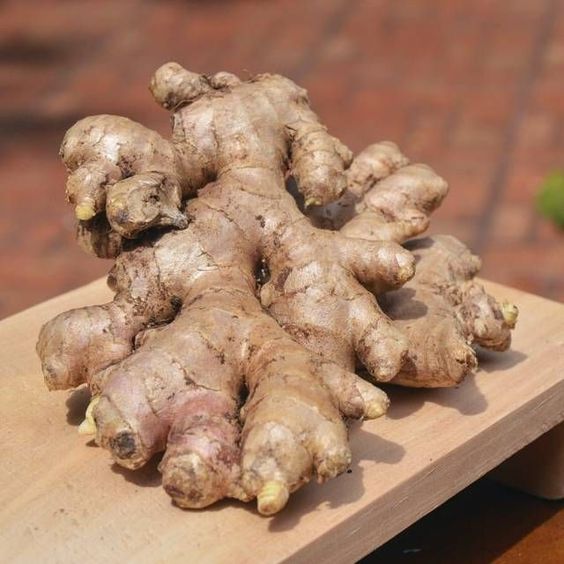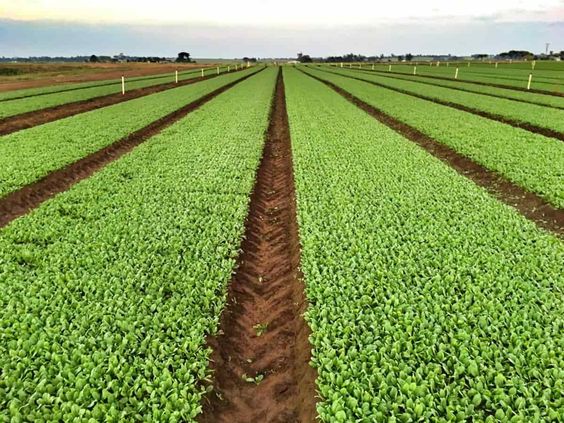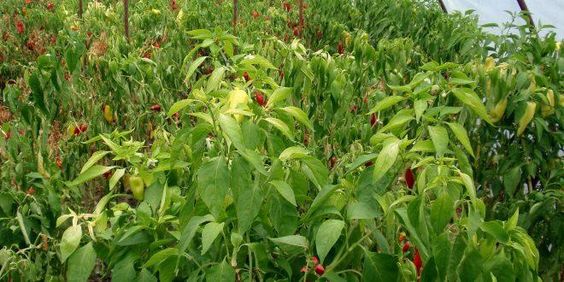Optimizing Growth: A Guide to Fertilizing Ginger for Smart Agriculture Practices in Indonesia
Fertilizing Ginger, boasting rich volcanic soil and a tropical climate, is a prime producer of ginger (Zingiber officinale). This versatile spice, integral to Indonesian cuisine and traditional medicine, holds significant economic value for the nation’s agricultural sector. However, maximizing ginger yield requires not only optimal growing conditions but also strategic nutrient management. Here, we delve into the world of fertilizing ginger, exploring best practices aligned with the principles of Smart Agriculture for Indonesian farmers.
Understanding Ginger’s Nutritional Needs
Ginger, a rhizomatous crop, prioritizes specific nutrients for optimal growth and quality. Here’s a breakdown of the key players:
- Nitrogen (N): Crucial for foliage development and overall plant health. Deficiency can lead to stunted growth, yellowing leaves, and reduced yield.
- Phosphorus (P): Promotes root development and supports energy transfer within the plant. Insufficient phosphorus can hinder root growth and affect ginger’s ability to absorb other nutrients.
- Potassium (K): Enhances overall plant health, disease resistance, and crop quality. Potassium deficiency can manifest as weak stems, susceptibility to diseases, and poor rhizome development.
- Calcium (Ca): Strengthens cell walls, improves shelf life, and aids in nutrient uptake. A lack of calcium can lead to misshapen rhizomes and reduced storage potential.
- Magnesium (Mg): Essential for chlorophyll production and enzyme activation. Magnesium deficiency can cause yellowing leaves and hinder photosynthesis.
Smart Fertilization Strategies for Ginger
Moving beyond traditional practices, Smart Agriculture offers a data-driven approach to fertilizing ginger. Here’s how Indonesian farmers can leverage this technology:
- Soil Testing Fertilizing Ginger: The foundation of smart fertilization lies in understanding your soil’s existing nutrient profile. Soil testing services offered by the government or agricultural universities can provide this crucial information.
- Precision Application: Smart Agriculture technologies like GPS-guided equipment and variable rate applicators enable farmers to target specific areas in the field, applying fertilizer only where needed. This reduces waste and optimizes nutrient delivery.
- Sensor-Based Monitoring: Soil moisture sensors and plant tissue analysis can provide real-time data on nutrient levels within the plant. This allows for adjustments to the fertilization plan throughout the growing season, ensuring ginger receives nutrients at the right time and in the right amounts.
Organic and Natural Fertilizers
Indonesian farmers have a long tradition of using organic and natural fertilizers. These options are not only sustainable but can also improve soil health in the long run. Here are some popular choices:
- Compost Fertilizing Ginger: A readily available source of organic matter and nutrients, compost provides a slow and steady release of nutrients to the ginger crop.
- Manure Fertilizing Ginger: Animal manure, properly composted, offers a rich source of nitrogen, phosphorus, and potassium. However, it’s crucial to ensure proper composting to avoid weed seeds and pathogens.
- Biofertilizers: These microbe-based inoculants enhance nutrient availability by promoting beneficial soil microbes that convert atmospheric nitrogen into a usable form for plants and solubilize phosphorus for better uptake.
- Cover Crops: Leguminous cover crops like mucuna or calopogonium fix atmospheric nitrogen into the soil, enriching it for the ginger crop.
Creating a Fertilization Plan for Ginger
Developing a customized fertilization plan is key to maximizing ginger yield. Here’s a framework to get you started:
- Pre-Planting: Based on soil test results, incorporate organic matter like compost or manure during bed preparation.
- Basal Application Fertilizing Ginger: At planting, apply a balanced fertilizer containing nitrogen, phosphorus, and potassium according to soil test recommendations and crop stage.
- Sidedress Applications: Throughout the growing season, monitor plant growth and consider additional applications of nitrogen-rich fertilizers to promote healthy foliage. However, avoid excessive nitrogen application close to harvest, as it can affect rhizome quality.
- Foliar Sprays: For quick nutrient delivery, especially for micronutrients like magnesium or calcium, foliar sprays can be used.
Additional Considerations for Smart Ginger Fertilization
- Weather and Irrigation: Heavy rains can leach away nutrients. Monitor weather patterns and adjust irrigation practices accordingly to prevent nutrient loss.
- Crop Rotation: Practicing crop rotation with non-rhizomatous crops helps maintain soil fertility and reduce pest and disease problems.
Conclusion Fertilizing Ginger
By embracing Smart Agriculture principles and adopting strategic fertilization practices, Indonesian ginger farmers can unlock the full potential of their crops. Through soil testing, precision application, and the use of organic and natural fertilizers, farmers can cultivate healthy, high-yielding ginger crops while promoting sustainable agricultural practices. Remember, a successful fertilization strategy is not a one-size-fits-all approach.




